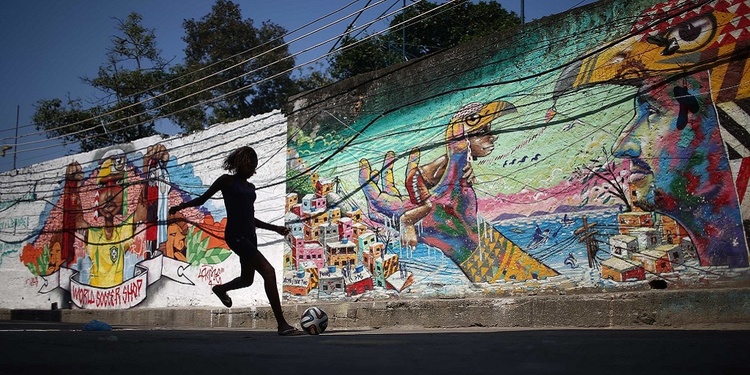
What is street art?
Street Art or Street Art is the expression that refers to artistic manifestations developed in the public space, distinguishing it from manifestations of an institutional or business nature, as well as mere vandalism. At first, an underground movement, street art was gradually constituted as a form of artistic making, covering several modalities.
Street art doesn't need time, space, cultural movement or recognition to happen, it just needs the street. And so it happens, in the least expected places, in ghettos, in dumps, under bridges, in damaged walls and in abandoned places.
This artistic expression, spread all over the world, emerged in the United States, in the 70s, and has a dynamic and ephemeral character, which can be immortalized by photography.
However, scholars claim that this art dates back to very ancient times, since the Greeks and Romans already transmitted messages through the city streets, as well as having many artists in urban centers (music, theater, dance).

The central proposition of urban art is precisely to leave the so-called “consecrated” places, that is, destined for artistic exhibitions and presentations (cultural equipment: theater, cinemas, libraries, museums), to give visibility to everyday art, spread through the streets.
The themes used by street artists are very diverse, however, many works are based on social, political and economic criticism.
It is important to analyze the growth of urban art in recent times, so that it comes to be seen as a very important “cultural value” for minorities who live in urban centers and yearn to show their art.

Thus, these popular manifestations allow the encounter with independent art, despite the fact that many street artists have been consecrated worldwide, recognized by the media, industry and various means of mass communication.
In Brazil, street art appears in the 70's, more precisely with the graffiti works on the walls of the city of São Paulo.
Interestingly, it emerged at a troubled time in the country's history, with the advent of the Military Dictatorship. It was a marginalized art, however, it acquired a prominent position in the art market, with several artists from the country consecrated around the world.
Although the street artist's work is not recognized by many, it is important to highlight the artist's importance and relevance to society.

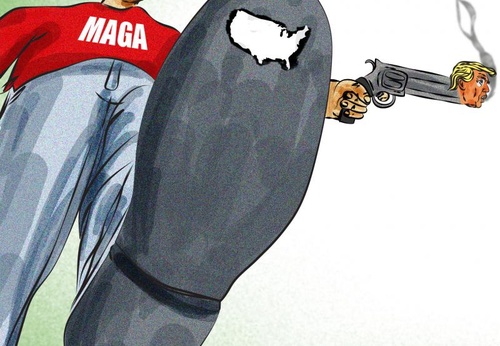
- July 15, 2025
Shot in the foot
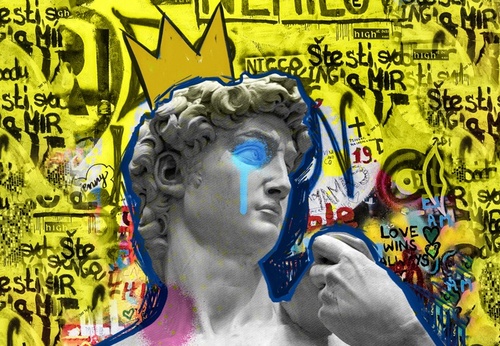
- July 15, 2025
Differences between modern art and contemporary art
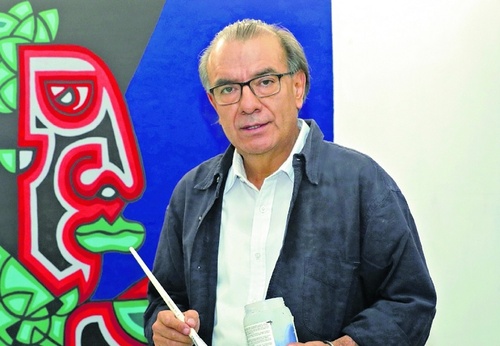
- July 15, 2025
Rudy Cottón Exhibition in Guatemala
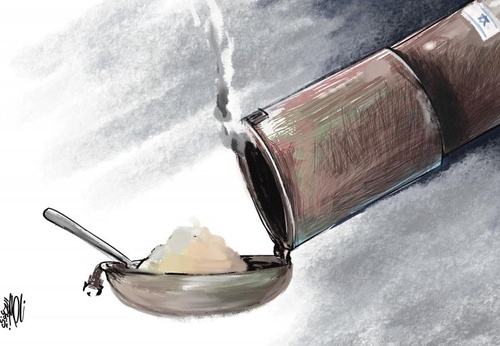
- July 15, 2025
Gallery Of Humor Drawing By Naser Jafari - Jordan_Part2
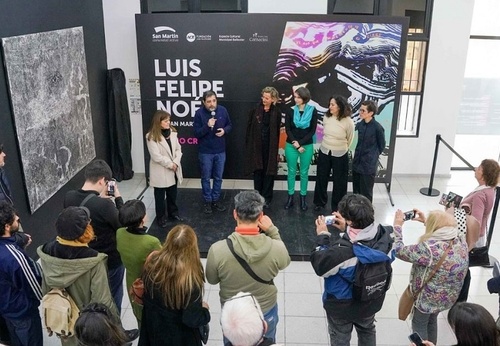
- July 15, 2025
Exhibition of a Legend of Latin American Visual Art
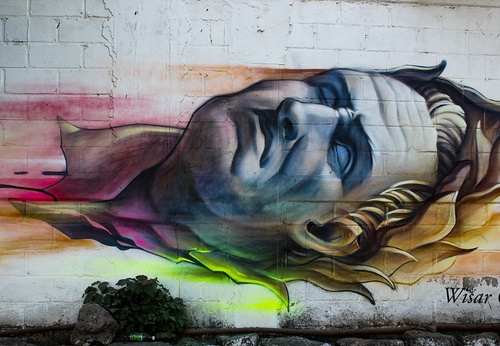
- July 15, 2025
Gallery Of Street Art By Bryan Molina - Mexico
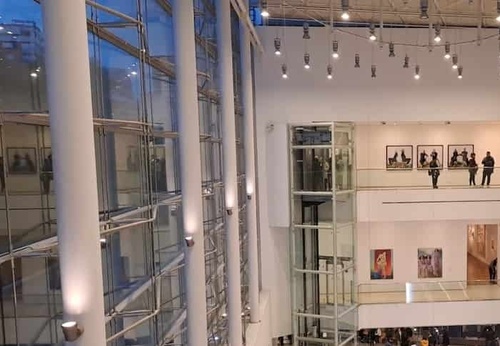
- July 14, 2025
An exhibition that says nothing

- July 14, 2025
Visual Techniques in Advertising Photography

- July 15, 2025
How does Artificial Intelligence help d…

- July 15, 2025
Differences between modern art and cont…

- July 14, 2025
Visual Techniques in Advertising Photog…

- July 14, 2025
Graphic Design and the Creation of Icon…

- July 13, 2025
Latin American painting

- July 13, 2025
Culture, art and music in Colombia

- July 10, 2025
The Evolution of Graphic Design from Ty…

- July 10, 2025
How Digital Artists Collaborate with Ar…

- July 09, 2025
The Value of Art in Education

- July 09, 2025
Art as a Reflection of Society

- July 08, 2025
The history of Bolivian art

- July 08, 2025
Protecting Art in the Age of Artificial…

- July 04, 2025
Graphic Design and Creating Iconic Bran…

- July 04, 2025
Photography as a Tool for Telling Histo…

- July 03, 2025
Painting and abstract art: differences …

- July 02, 2025
The Best Software for Digital Art and G…

- July 01, 2025
How Digital Artists Collaborate with Ar…

- July 01, 2025
Reflections of Digital Art in Different…

- June 30, 2025
Crítica de Obras Artísticas Criadas por…

- June 30, 2025
What are Plastic Arts?

- August 29, 2023
The history of Bolivian art

- February 19, 2024
Analysis and meaning of Van Gogh's Star…

- January 28, 2024
Culture and Art in Argentina

- September 25, 2023
What is the importance of art in human …

- September 23, 2023
What is paint?

- August 10, 2023
14 questions and answers about the art …

- August 30, 2023
First artistic manifestations

- August 23, 2023
The 11 types of art and their meanings

- September 23, 2023
Painting characteristics

- September 23, 2023
History of painting

- January 12, 2024
10 most beautiful statues and sculpture…

- August 16, 2023
The 15 greatest painters in art history

- April 06, 2024
History of visual arts in Ecuador

- March 26, 2024
The importance of technology in art1

- January 31, 2024
Examples of Street Art – Urban Art

- January 20, 2024
What is the relationship between art an…

- April 07, 2024
Graffiti in Latin American culture

- March 26, 2024
Cultural identity and its impact on art…

- October 21, 2023
Contemporary art after the Second World…

- August 25, 2024
A Comprehensive Analysis of the Cartoon…

- February 19, 2024
Analysis and meaning of Van Gogh's Star…

- August 13, 2023
9 Latino painters and their great contr…

- August 10, 2023
14 questions and answers about the art …

- August 29, 2023
The history of Bolivian art

- January 28, 2024
Culture and Art in Argentina

- August 23, 2023
The 11 types of art and their meanings

- November 06, 2023
5 Latin American artists and their works

- August 27, 2023
15 main works of Van Gogh

- September 23, 2023
Painting characteristics

- September 23, 2023
What is paint?

- September 25, 2023
What is the importance of art in human …

- December 18, 2023
10 iconic works by Oscar Niemeyer, geni…

- August 30, 2023
First artistic manifestations

- January 20, 2024
What is the relationship between art an…

- March 26, 2024
Cultural identity and its impact on art…

- January 12, 2024
10 most beautiful statues and sculpture…

- October 30, 2023
Characteristics of Contemporary Art

- August 22, 2023
What are Plastic Arts?

- April 16, 2024
The most important painters of Latin Am…

- August 24, 2023


